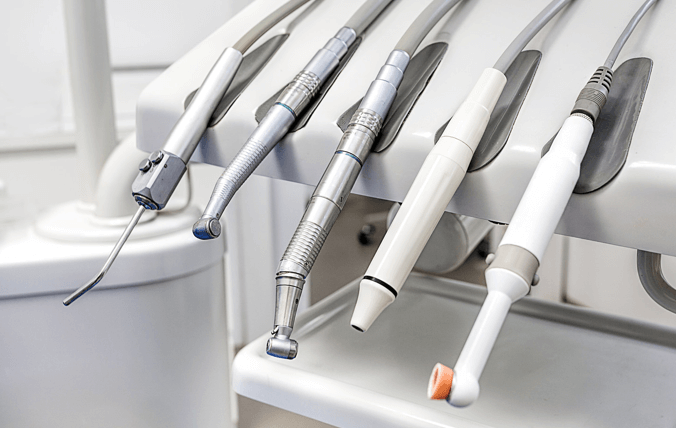Periodontics
(Specialist Gum Treatment)
Your general dentist may refer to you a periodontist for a number of reasons. Periodontists are dentists who have undergone significant recognised further training to diagnose, treat and prevent diseases and disorders (infections and inflammatory) of the gums and other structures around the teeth.
They are also trained in placing dental implants and other related surgical procedures. One of most the most common reasons for being referred to a periodontist is for the management of chronic periodontitis.
Reasons to see a periodontist
Your general dentist may refer to you a periodontist for a number of reasons. Periodontists are dentists who have undergone significant recognised further training to diagnose, treat and prevent diseases and disorders (infections and inflammatory) of the gums and other structures around the teeth.
They are also trained in placing dental implants and other related surgical procedures. One of most the most common reasons for being referred to a periodontist is for the management of chronic periodontitis.
You will be provided with options for treatment together with the prognosis for your teeth. Initial therapy frequently involves the removal of bacterial deposits from beneath the gum line. This is done under local anaesthetic so that it is not painful. This is called root surface debridement and this treatment is carried out over a series of appointments.
For some patients, surgical therapy may also be indicated. This option may be used to re-shape the gum and underlying bone to reduce the risk of further bone loss. In specific cases, surgery can facilitate the regeneration of the lost gum and bone.
Treatment procedure
PERIODONTAL PLASTIC SURGERY
Periodontists are often considered the plastic surgeons of dentistry. If you are looking to improve your smile, a periodontist might be able to help you.
GUMMY SMILE OR UNEVEN GUM SMILE
Do you feel your teeth look too short and your smile is too gummy or your gums cover too much of some teeth while leaving the others the right length? If so, dental crown lengthening might be the solution for you. During this procedure, excess gum tissue is removed to expose more of the crown of the tooth. Then your gumline is sculpted to give your new smile just the right look.
LONG TEETH/EXPOSED ROOTS
Sometimes gum recession causes the tooth root to become exposed, which makes your teeth look long and can make you look older than you are. This recession can happen as a result of a variety of causes, including periodontal diseases. Gum graft surgery and other root coverage procedures are designed to cover exposed roots, to reduce further gum recession and to protect vulnerable roots from decay. During gum graft surgery, your periodontist takes gum tissue from your palate or another donor source to cover the exposed root. This can be done for one tooth or several teeth to even your gum line and reduce sensitivity.
WHAT ARE THE BENEFITS OF GUM GRAFT SURGERY?
A gum graft can reduce further recession and bone loss. In some cases, it can cover exposed roots to protect them from decay. This may reduce tooth sensitivity and improve aesthetics of your smile. Whether you have a gum graft to improve function or aesthetics, patients often receive the benefits of both: a beautiful new smile and improved periodontal health – your keys to smiling, eating and speaking with comfort and confidence.
INDENTATIONS IN THE GUMS AND JAWBONE
Tooth loss can cause an indentation in the gums and jawbone where the tooth used to be. This happens because the jawbone recedes when it is no longer holding a tooth in place. Not only is this indention unnatural looking, it also causes the replacement tooth to look too long compared to the adjacent teeth. Ridge augmentation can fill in this defect recapturing the natural contour of the gums and jaw. A new tooth can then be created that is natural looking, easy to clean and beautiful.
DENTAL CROWN LENGTHENING
During the dental crown lengthening procedure, excess gum and bone tissue is reshaped to expose more of the natural tooth. This can be done to one tooth, to even your gum line, or to several teeth to expose a natural, broad smile. Your dentist or periodontist may also recommend dental crown lengthening to make a tooth reconstruction or cosmetic dental procedure possible. Perhaps your tooth is decayed, broken below the gum line, or has insufficient tooth structure for a restoration, such as a crown or bridge. Crown lengthening adjusts the gum and bone level to expose more of the tooth so it can be restored. A report will be forwarded to your dentist, with the specialist’s findings, diagnosis, and treatment plan. A copy of the report will be sent to you as well.
Periodontal Podcast
“Great clinic and great staff! Professional, friendly and supportive.”

 01727 800 372
01727 800 372
